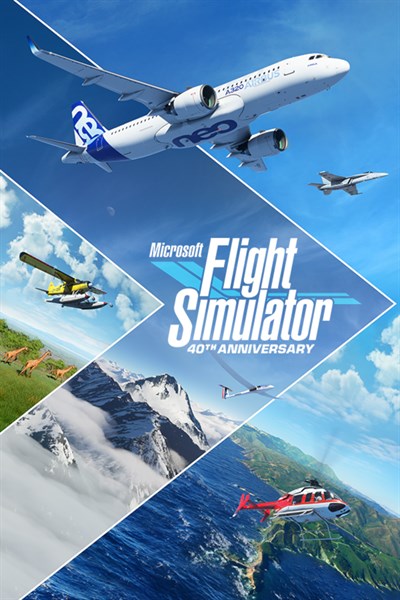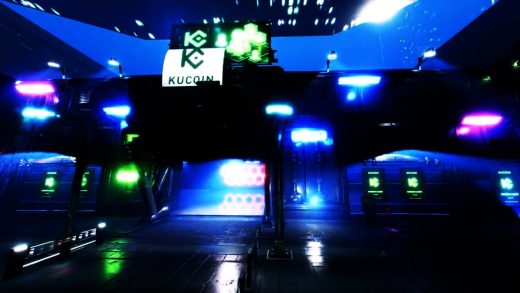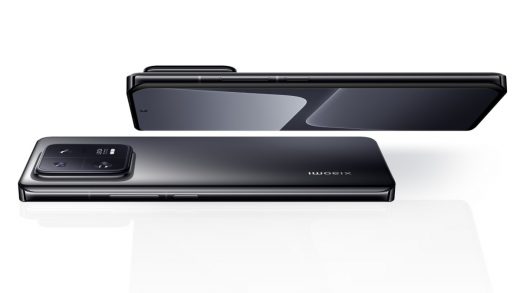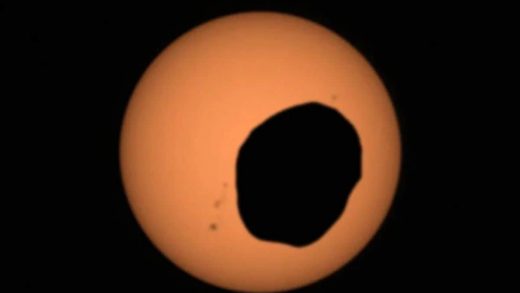
Microsoft Flight Simulator has released another aircraft as part of its Local Legends Series, in conjunction with World Update XII: New Zealand, the DHC-4 Caribou.
From aerospace manufacturer de Havilland Canada, the DHC-4 Caribou is the eighth addition to the Series, a twin-engine, short takeoff and landing (STOL) cargo aircraft originally developed as a military cargo and troop carrier. The Caribou was conceptually based on the STOL performance of the smaller de Havilland DHC-2 Beaver and DHC-3 Otter, but with greater cargo capacity.
The Caribou first flew on July 30, 1958, and was introduced into mainline service in 1961. De Havilland built a total of 307 Caribou planes, with the majority going into military service, and the rest serving civil missions. 32 countries’ militaries flew the Caribou, including that of the United States. Designated first as the CV-2 and then as the C-7, the United States Army and the United States Air Force operated a total of 159 of the planes. Spain, Kenya, India, and Australia also used the airframe until 2009.

The DHC-4, crewed by two pilots, can carry up to 32 troops and their gear along with 8,000 pounds of cargo or some combination thereof. The Caribou has a distinct, utilitarian look, featuring a long, narrow fuselage with a rear cargo ramp and elevated tail section, allowing for easy and efficient loading and offloading of equipment and personnel.
It can also execute in-flight drops of equipment and/or paratroops on demand. The empennage is a cruciform design, with a large vertical stabilizer and rudder for low-speed yaw authority and it has a retractable tricycle undercarriage with long landing gear legs for use in remote, rustic airfields. The high aspect ratio design of the main wing is mounted on the forward of the fuselage and has full-span, double-slotted flaps.
The wing has a polyhedral, inverted gull form and supports its two radial engines in nacelles that also serve as mounts for the main landing gear. Finally, the aircraft is powered by two Pratt & Whitney R-2000 Twin Wasp 14-cylinder radial piston engines that each deliver 1,450 horsepower and turn a 3-blade Hamilton Standard constant-speed, reversible-pitch propeller.
The Caribou served in several combat zones and has been used for a variety of humanitarian assistance missions through the years, most notably in Vietnam, Vanuatu, and on the Line of Control along the India-Pakistan border region. In these harsh operating arenas, the Caribou earned its legendary status, as it took off from and landed on short, rugged runways in as little as 1,000 feet of ground roll.

The DHC-4 features a range of 1,300 miles, climbs at 1,355 feet per minute, and has a service ceiling of 24,800 feet above sea level. It cruises at 182 miles per hour, stalls at 68 mph, and has a top speed of 215 mph.
The DHC-4 Caribou by de Havilland Canada is a beast of an aircraft that is a true aviator’s machine. It can fly into and out of almost any airstrip and responds confidently to every pilot input.
Available today in the Microsoft Flight Simulator Marketplace for $14.99, the DHC-4 Caribou comes with seven liveries:
- Default
- Blue with Red Stripe
- Blue with White and Red Accents
- Blue with Yellow Stripe
- Camouflage 1
- Camouflage 2
- White
Join the more than 10 million pilots in Microsoft Flight Simulator today! The sky is calling!Microsoft Flight Simulator is available for Xbox Series X|S and PC with Xbox Game Pass, PC Game Pass, Windows, and Steam, and on Xbox One and supported mobile phones, tablets, and lower-spec PCs via Xbox Cloud Gaming.
For the latest information on Microsoft Flight Simulator, stay tuned to @MSFSOfficial on Twitter.


Microsoft Flight Simulator
Xbox Game Studios
410




